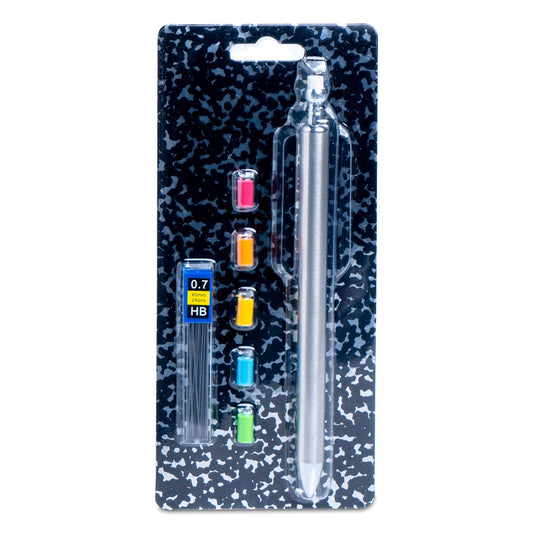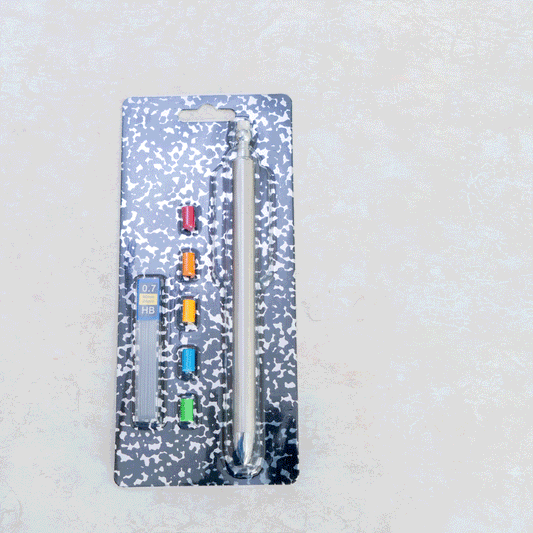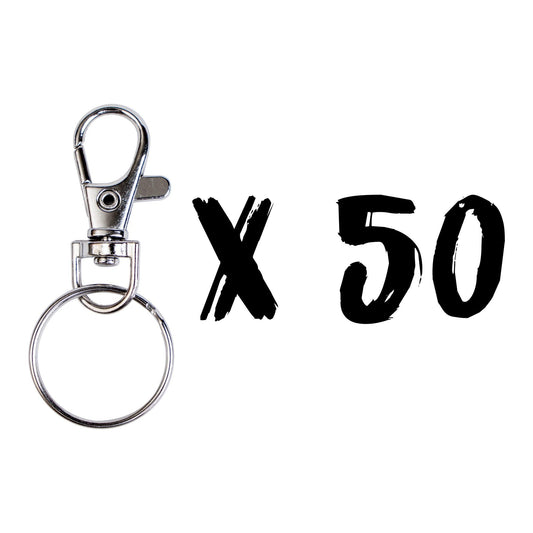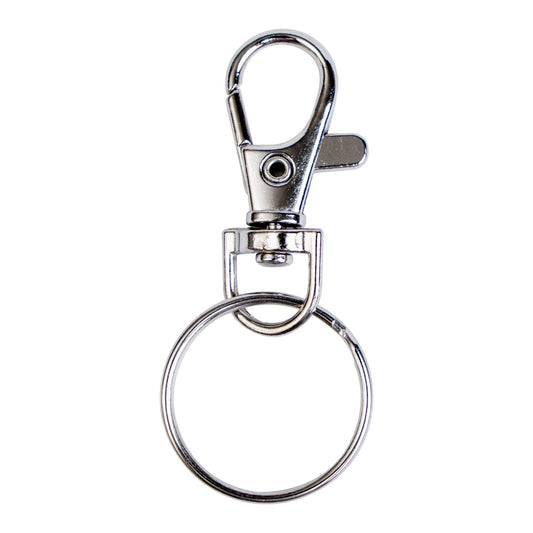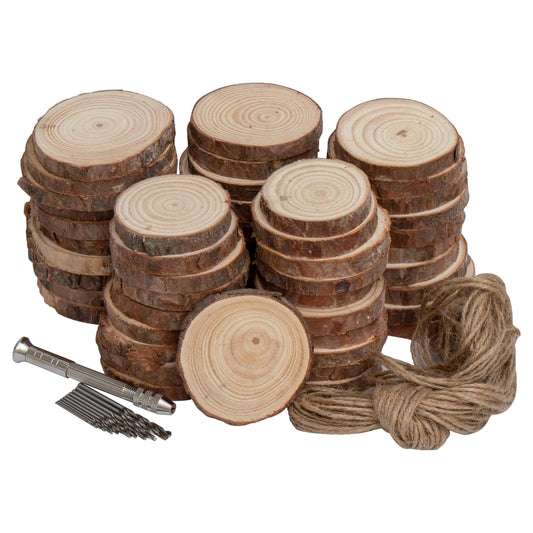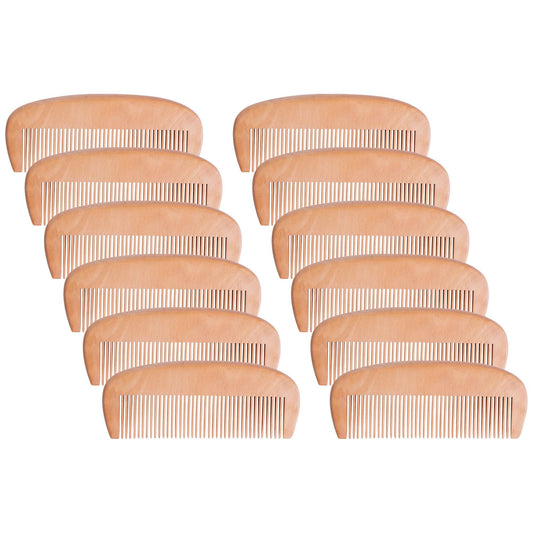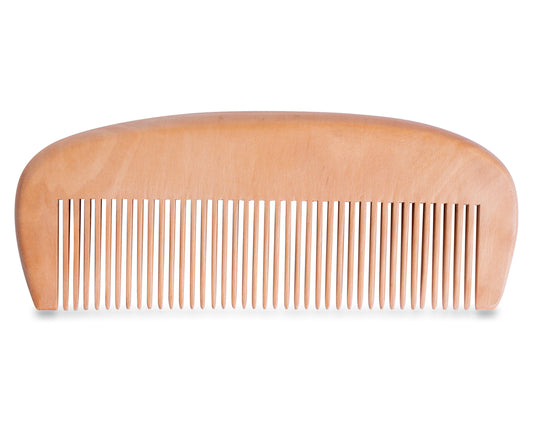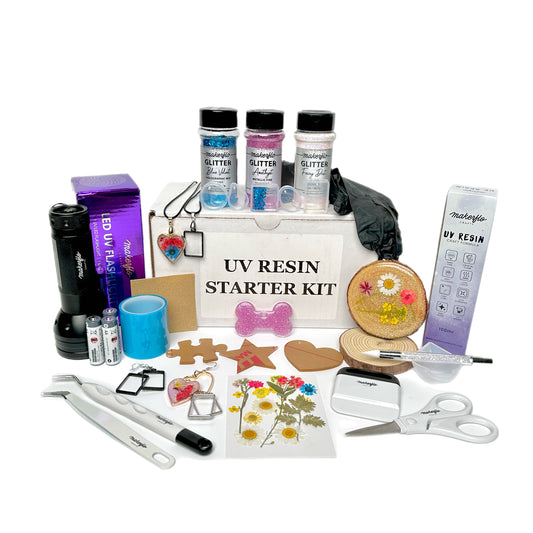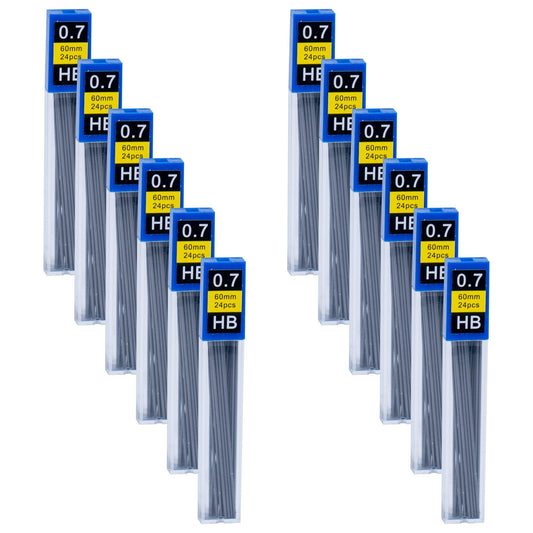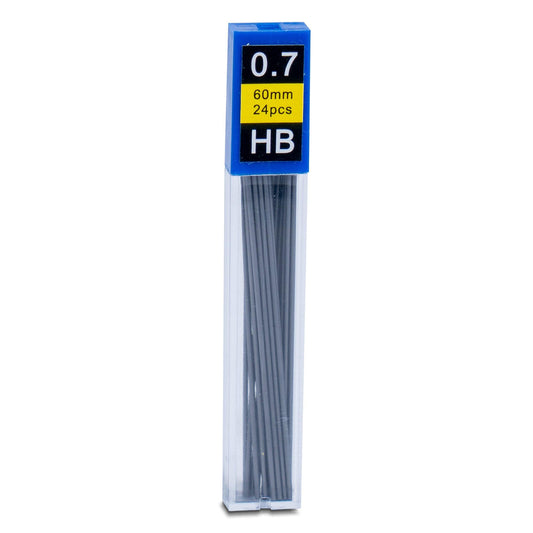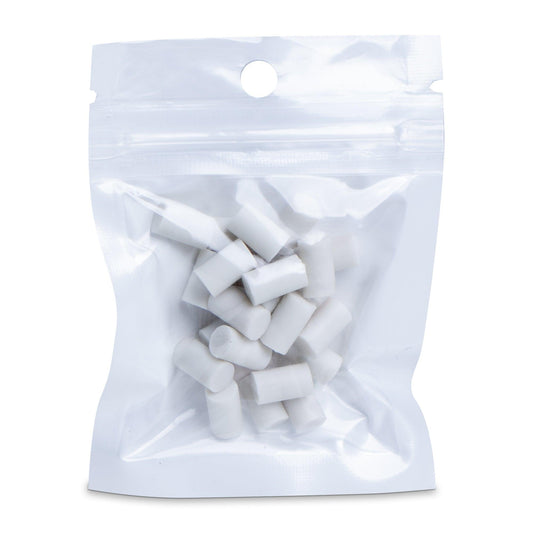You can make almost anything with some resin and a little bit of imagination.
But there are two types of resin, and they are very different. They are UV resin and epoxy resin.
So what do these names mean and how are these two types of resin different?
Keep reading to find out!
What's Inside:
- UV Resin vs Epoxy Resin: What Are The Main Differences?
- What is Resin?
- What is UV Resin?
- What is Epoxy Resin?
- Final Thoughts
- Frequently Asked Questions (FAQs)
Let's dive in.
UV Resin vs Epoxy Resin: What Are The Main Differences?
We get it. The names are similar, and it's honestly confusing to tell the difference between these two products.
So to help you understand the concepts quickly, we've included the key differences here:
Ease of Use
UV Resin: Super easy! Just pour it straight from the bottle.
Epoxy Resin: A little more complicated. Mix two chemicals together before using.
Curing Method
UV Resin: Cures with UV light, like a UV lamp or even sunlight.
Epoxy Resin: Cures by itself over time. Just wait!
Curing Time
UV Resin: 60 seconds to a few minutes. (If working in thin layers as recommended.)
Epoxy Resin: Several hours for a thin layer, up to 24 hours or more.
Cost
UV Resin: Around $10 per 100ml (bottles range from 10ml to 500ml
Epoxy Resin: Around $4 per 100ml (they come in larger sizes, like a gallon)

Flopoxy Fast Set Epoxy Resin + Hardener Kit
Make glitter tumblers, epoxy art, and more with our best-selling Flopoxy epoxy resin.
Best for...
UV Resin: Small, flat, non-opaque designs like jewelry and tumbler toppers
Epoxy: Almost anything, especially if your epoxy is food-safe (most are!), like glitter tumblers & epoxy art!
Now that we've gotten that out of the way, let's talk about resin for a second. What is this magical material, and how does it work?
What is Resin, Anyway?
Resin is a powerful liquid material found both in natural and synthetic forms.
Resin is viscous and fluid in its original state, then hardens into a solid, either by drying out or being cured with UV light.
So why is resin valuable for crafters? Because it's easy to shape and use, but becomes a sturdy piece of material—perfect for crafting, furniture, construction, and more.
Where does UV resin and epoxy resin fit in? Within this big category of resin materials, UV resin and epoxy resin are both synthetic resins used for DIY projects and crafting.
What is UV Resin?

UV resin is a type of resin that's easy to mold into shapes and cured using UV light.
Should you choose UV resin for your next project? Here are some pros and cons to consider:
Pros and Cons of UV Resin
Pros:
- Easy to use, no mixing required. We recommend UV resin for absolute resin beginners because it's so easy!
- Cures fast with UV light—about 1 to 2 minutes per layer, no need to wait hours for it to dry
- Just like epoxy, UV resin can be mixed with any material like glitter, dry flowers, gold flakes, and more
Cons:
- Only works in thin, clear molds or small shapes that UV light can penetrate
- Not approved for eating and drinking: Most brands of UV resin are not FDA-approved for eating and drinking, so don't put it onto cups, plates, or eating utensils. If you really want to try this anyway, add another layer of epoxy on top to seal in the UV resin.
What is UV Resin Best For?
UV resin is best for jewelry, coasters, pendants, and other flat items made with thin, clear silicone molds. For example, check out this elegant UV resin bezel jewelry you can make with just a few materials.
Find even more UV resin ideas here!
What You Need to Use UV Resin
Ready to get started? Here's what to buy:
UV Resin
Of course, you'll need a bottle of UV resin. Choose a high-quality resin that's designed for crafting, like our favorite, MakerFlo UV Resin Craft Formula.
UV resin comes in a smaller package than epoxy resin and is usually more expensive than epoxy per gram. Just keep that in mind when creating your budget.
UV Light
The UV light is the star of the show with UV resin. This will cure the resin into your finished object.
Choose a UV lamp or flashlight. (Our resin requires 24-36 watts to cure.)
If you're in a pinch, you can even put your crafts under the sun to cure with natural sunlight, but of course this won't work on a rainy day.
Add-Ins
This is the fun part! Add glitter, sequins, charms, dried flowers pigments and dyes, and other little things to make your UV resin creation your own!
One tip for adding dyes: Don't add too much pigment or the UV light source won't be able to penetrate the entire piece.
UV Resin Molds
Finally, you'll want some molds in different shapes to make your crafts.
Save Time with a UV Resin Starter Kit!
Our UV resin starter kit has everything you need to get started in one big bundle!
Handling UV Resin Safely
Make sure you're safe when using resin!
We recommend using personal protective gear or PPE, even if UV resin is slightly less toxic than epoxy. You never know how your body or skin might react with resin, so it's best to be safe.
If anything, make sure to wear gloves and goggles while working. Keep your workspace well-ventilated, or use a respirator mask if you don't have enough airflow.
Finally, check your UV resin packaging for any more safety instructions.
How to Use UV Resin
Read our full guide on how to use UV resin here.
Now, let's switch gears and talk about epoxy resin.
What is Epoxy Resin?

Epoxy resin is a kind of resin that works by combining two parts: the epoxy and the hardener. They cure with a slow chemical reaction that takes place over several hours.
So is epoxy resin the right choice for you? Here are some points to consider:
Pros and Cons of Epoxy Resins
Pros:
- Can be used for many different applications in multiple shapes and colors
- Dries on its own without needing any UV light
- FDA-approved for eating and drinking use, so you can use it to customize tumblers, cups, and other eating utensils
Cons:
- Takes time to dry, at least 8 to 12 hours minimum per layer
- Must mix the chemicals together before each use
What is Epoxy Resin Best For?
Epoxy resin can make or customize almost anything you can think of, from flat objects to 3D objects in any shape. You can also dye your resin in any color and add any objects to the mix and it will still cure beautifully.
We've seen beautifully personalized tables, cutting boards, 3D tumbler decorations, and so much more!
Discover more epoxy resin ideas here!
What You Need to Use Epoxy Resin
Epoxy Resin
Of course you'll need some handy-dandy epoxy resin. It comes in two bottles, one for the epoxy and one for the hardener. Check out our brand of epoxy resin called Flopoxy with our Flopoxy Fast Set Resin Kit.
Add-Ins
You can add pigments, mica powder, glitter,dried flowers, stickers, and more to customize your epoxy to your liking.
Molds or Objects to Customize
You can put epoxy in any mold of any color. Unlike UV resin, epoxy will cure in any environment as long as you give it enough time.
Or you can paint layers of epoxy on a tumbler and add glitter to make a glitter tumbler, for example.
Save money and get started fast with our Glitter Tumbler Starter Kit!

Glitter Tumbler Starter Kit
Start making glitter tumblers with a starter kit of tumblers, epoxy, and glitter!
Time
You'll be waiting a while for this to cure! But the wait is totally worth it to get that final result.
Handling Epoxy Safely
You do NOT want to expose yourself to epoxy directly. Make sure to wear PPE, including a respirator, goggles, and gloves. We also recommend having a MakerFlo Apron to protect your clothes.
How to Use Epoxy Resin
Learn more about how to use epoxy resin and find more epoxy resin ideas here!
Final Thoughts
Now that you know the big differences, which one will you choose for your next project?
Don't forget to share your creations with us in our Official MakerFlo Facebook Community, or tag us on Instagram @makerflo_crafts!
Frequently Asked Questions (FAQs)
What is the downside to UV resin?
UV resin only works in flat, clear molds and isn't FDA-approved for making things used for eating or drinking.
How long does UV resin last?
UV resin shelf life is about 6 months long.
Does UV resin turn yellow?
Yes, UV resin can turn yellow with UV exposure and heat exposure. Our favorite Resin Rockers UV resin has powerful UV inhibitors to keep it clearer for longer.
Which is easier to use, UV resin or epoxy resin?
UV resin is easier to use but epoxy is more versatile. It all comes down to which works best for your needs!










